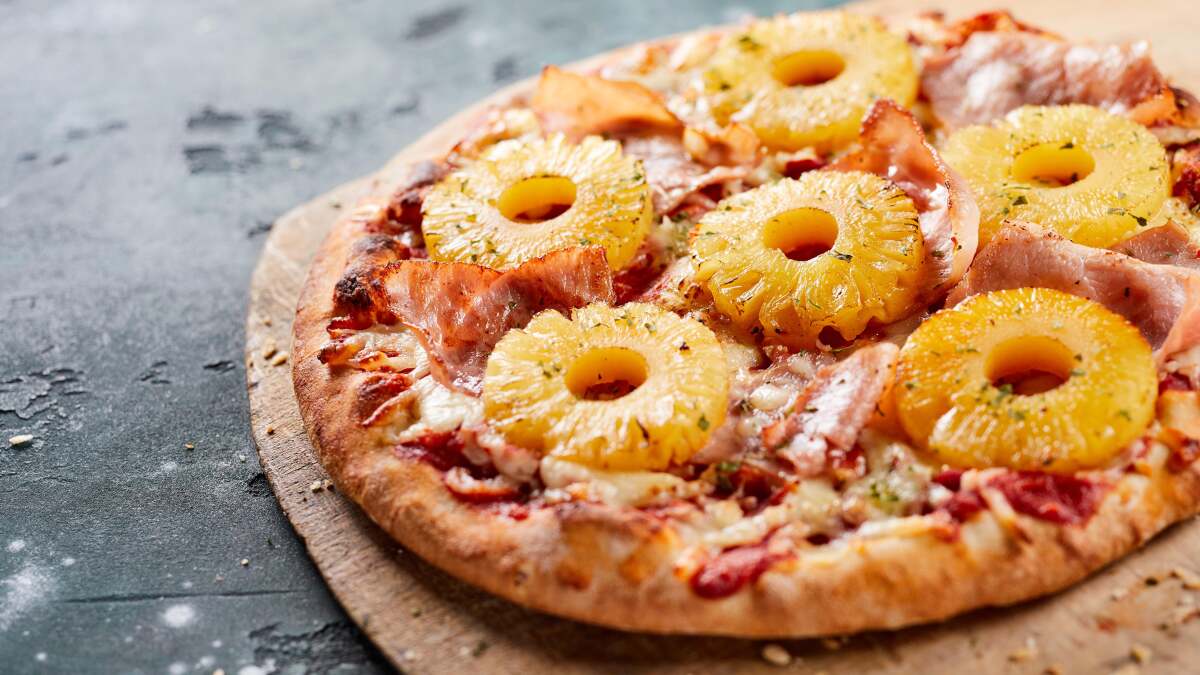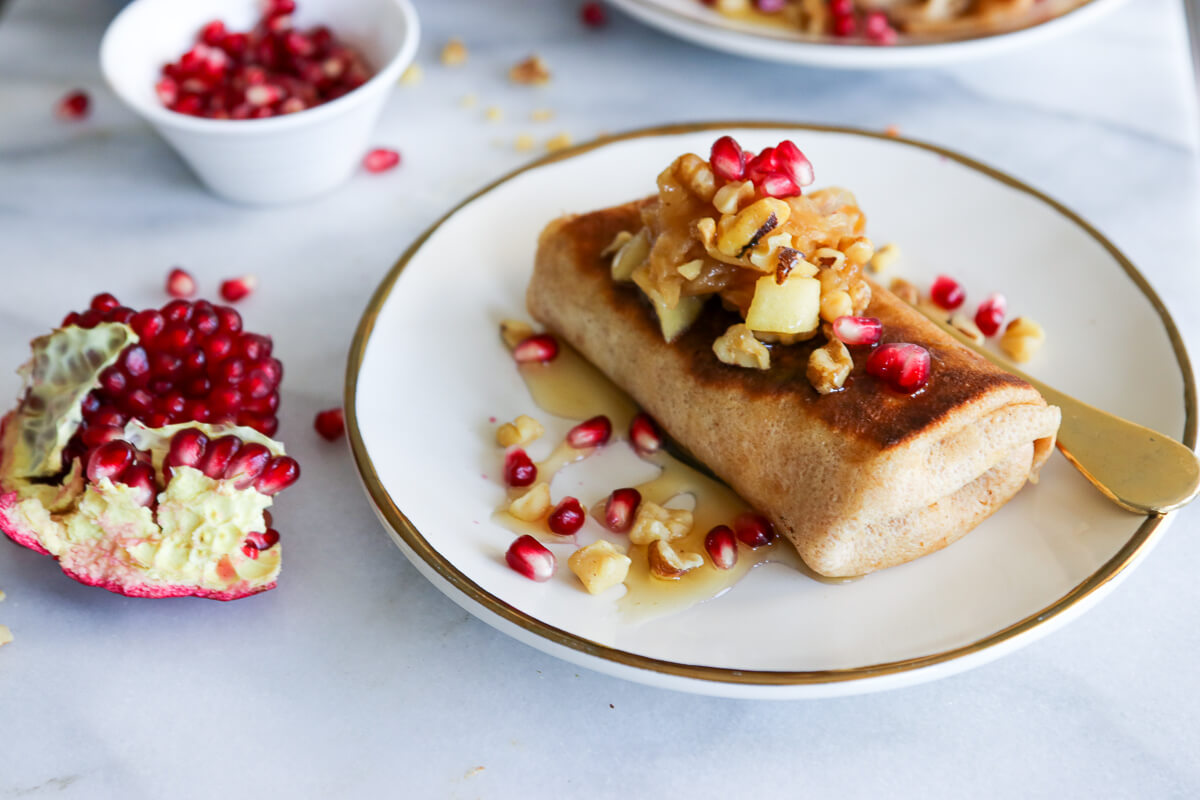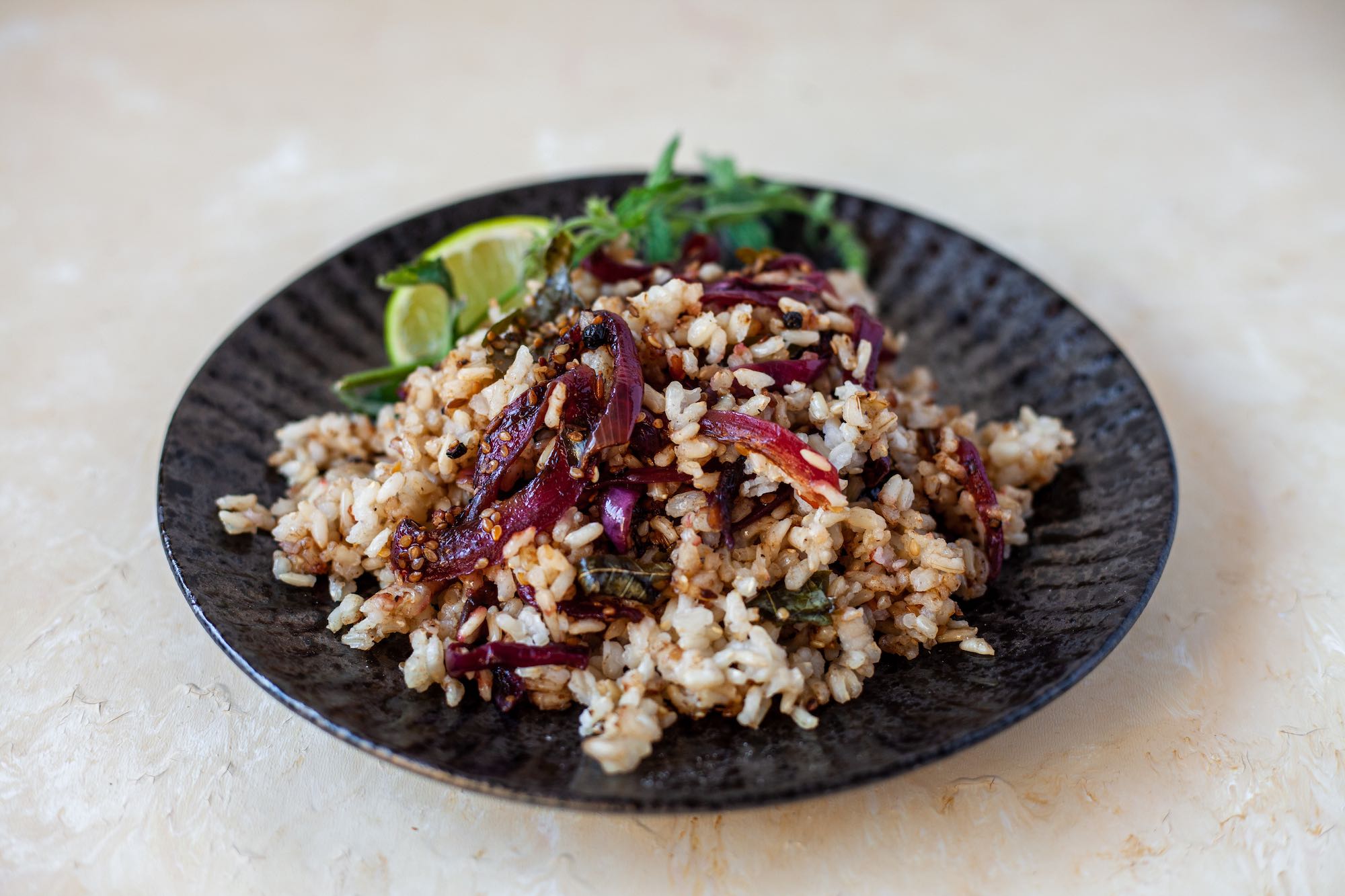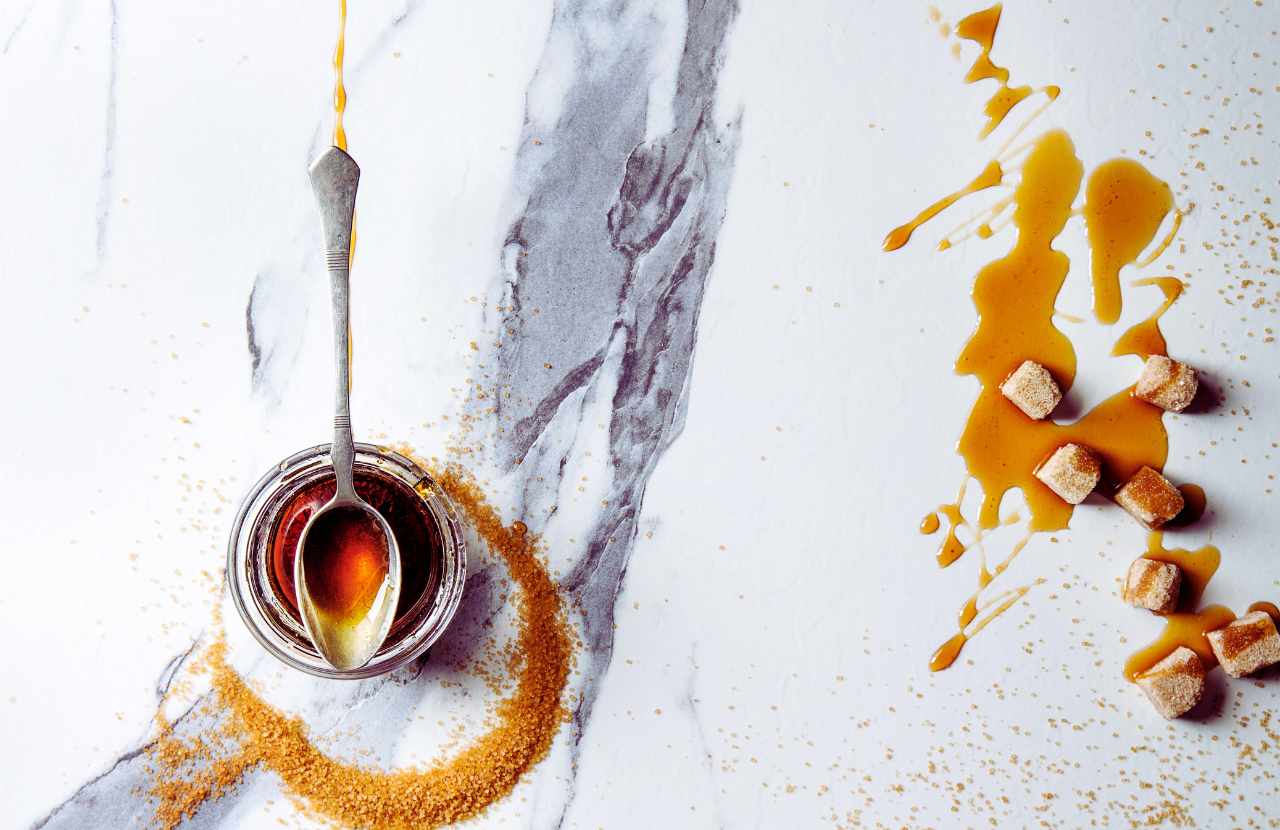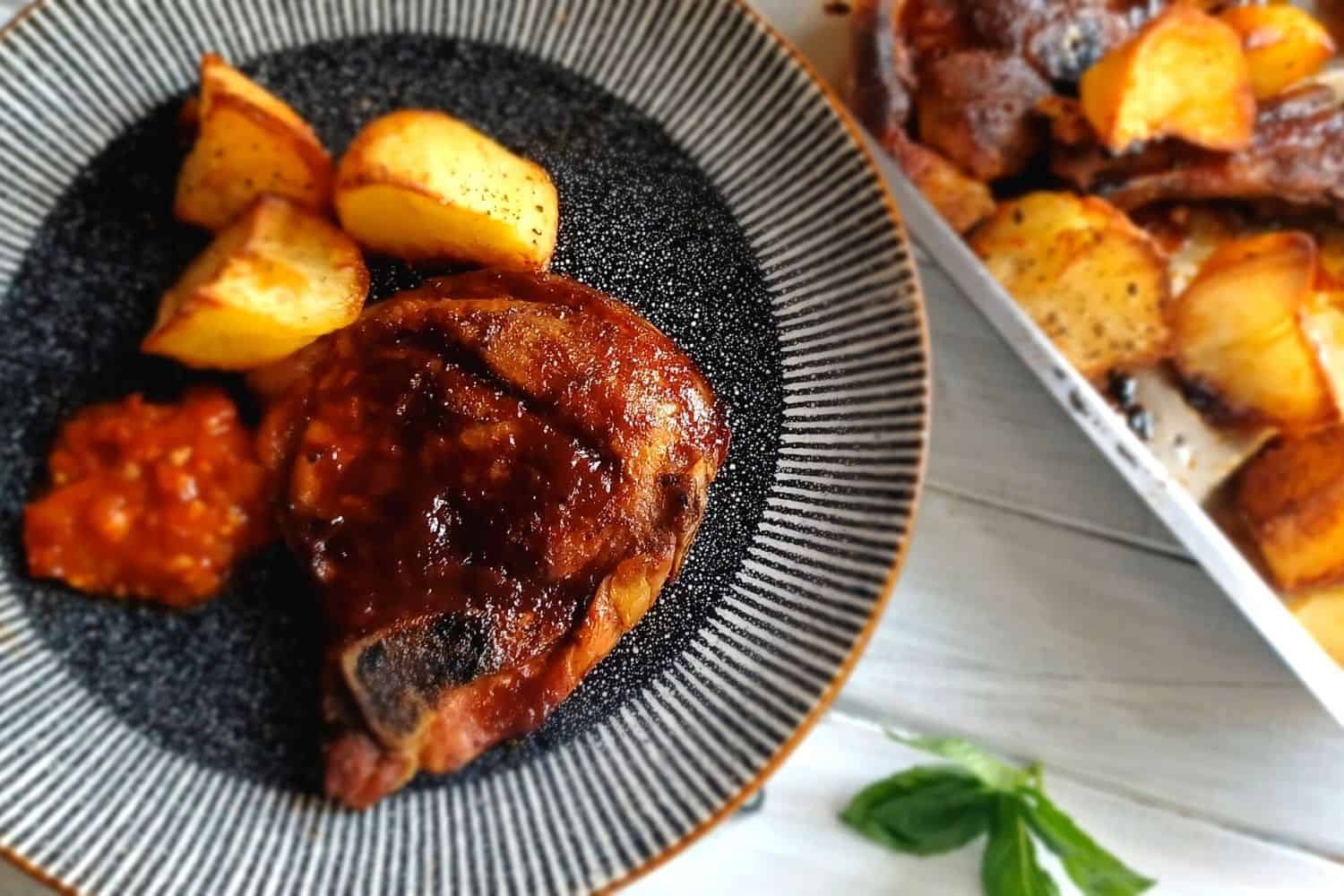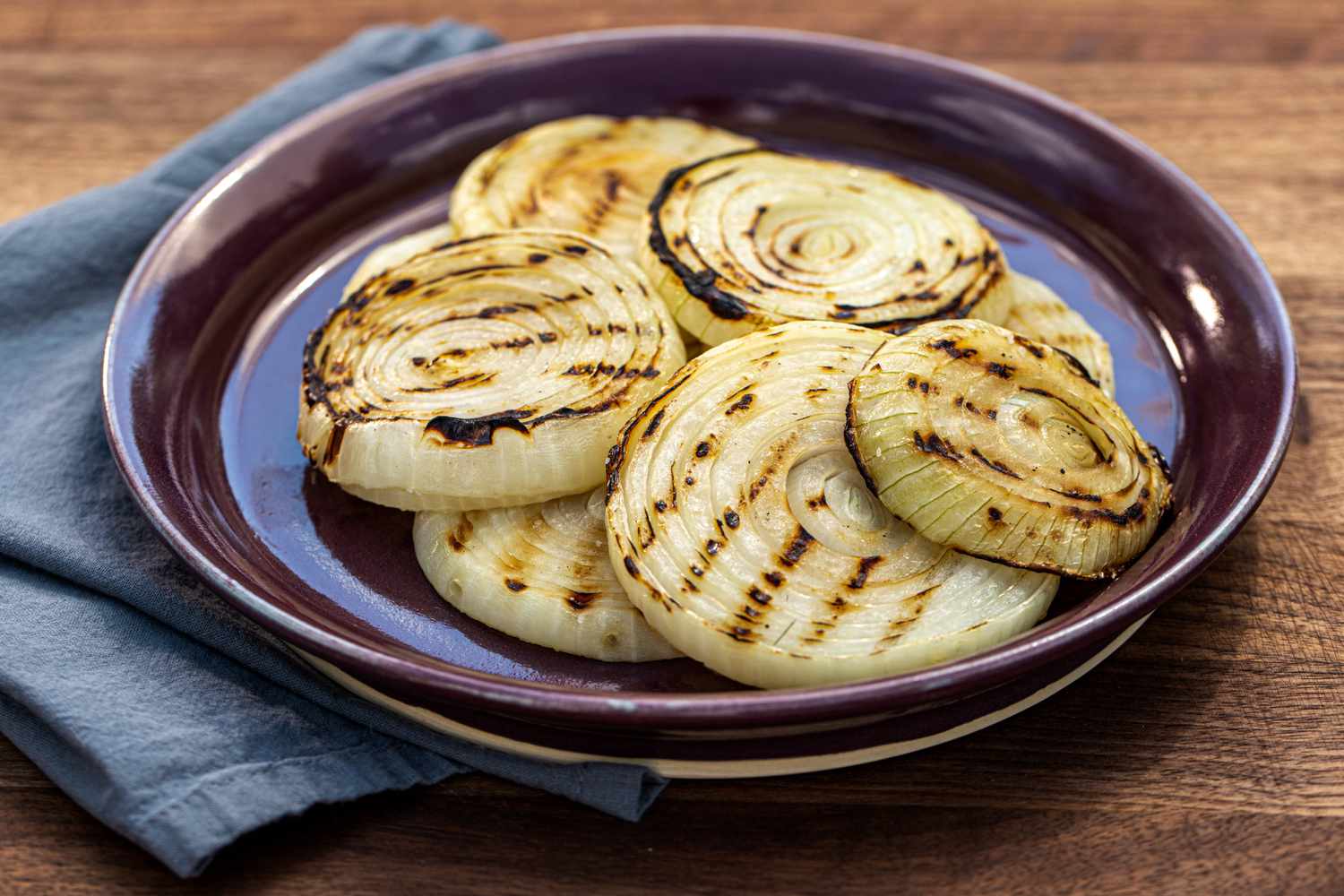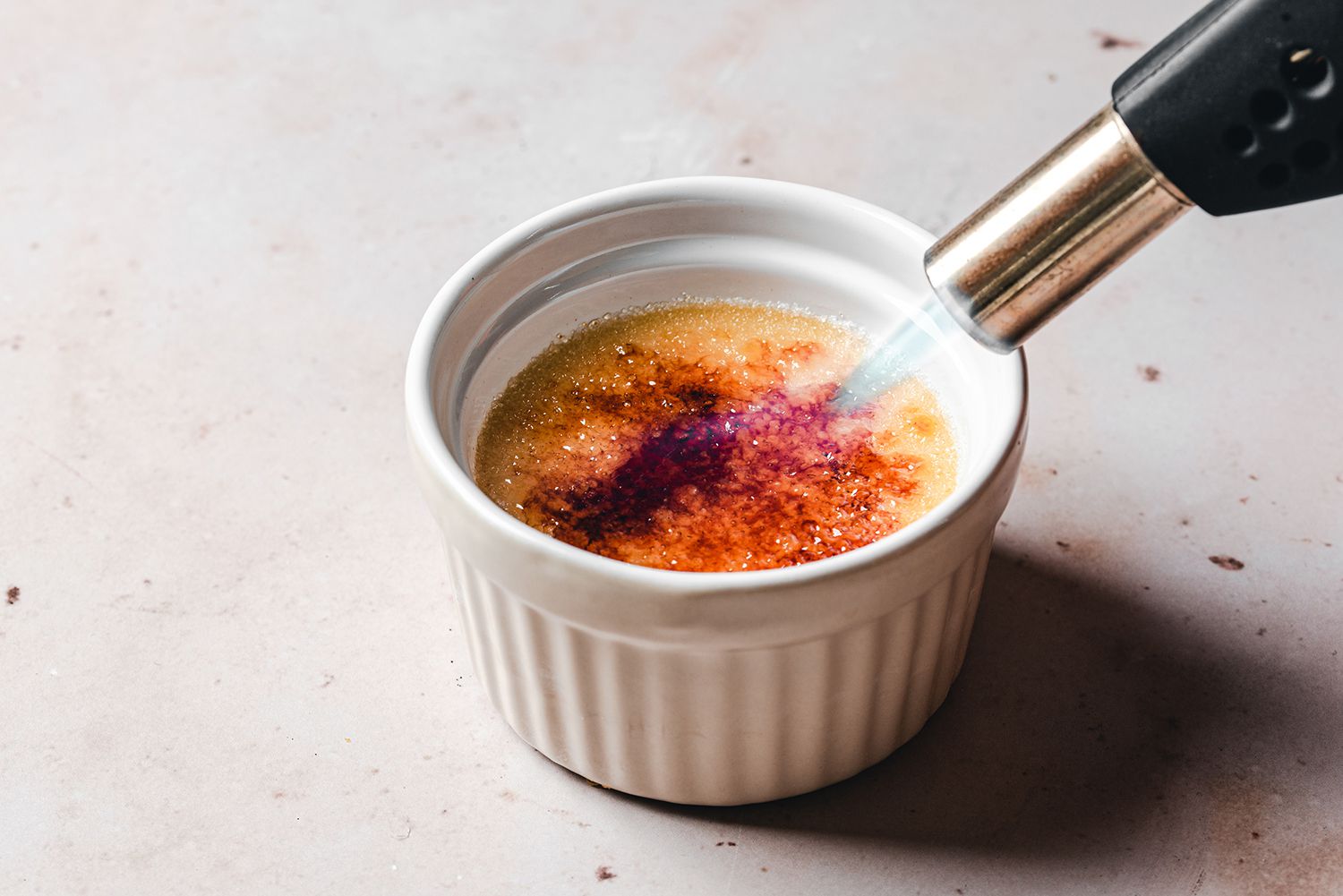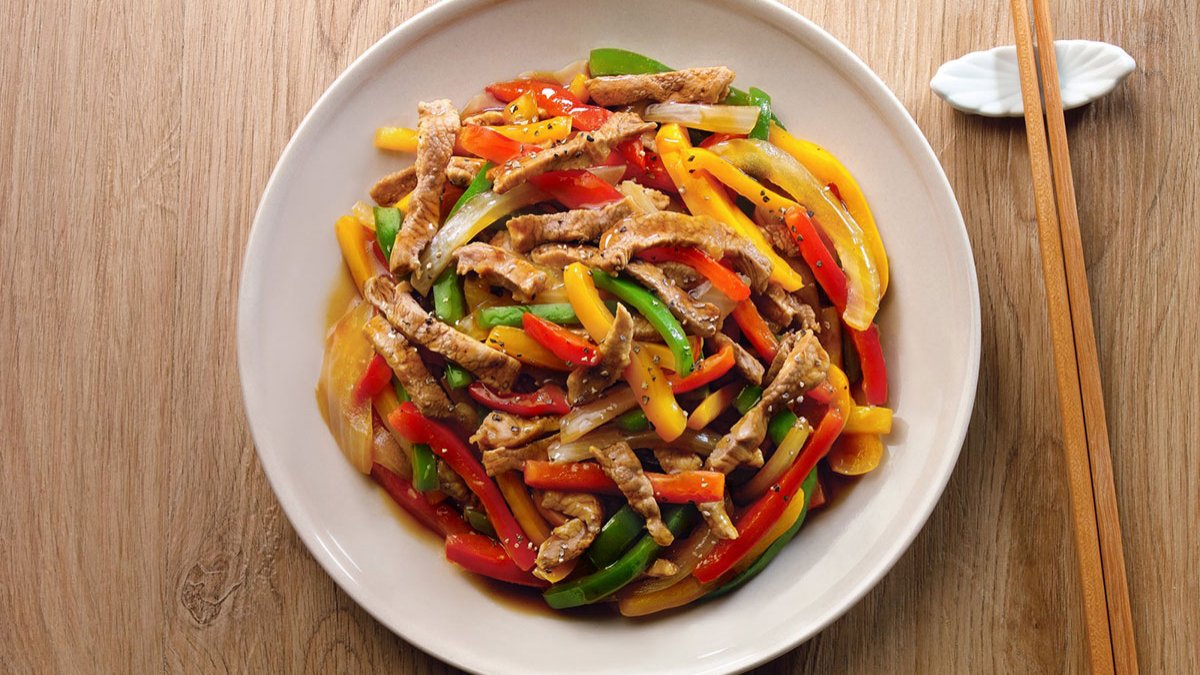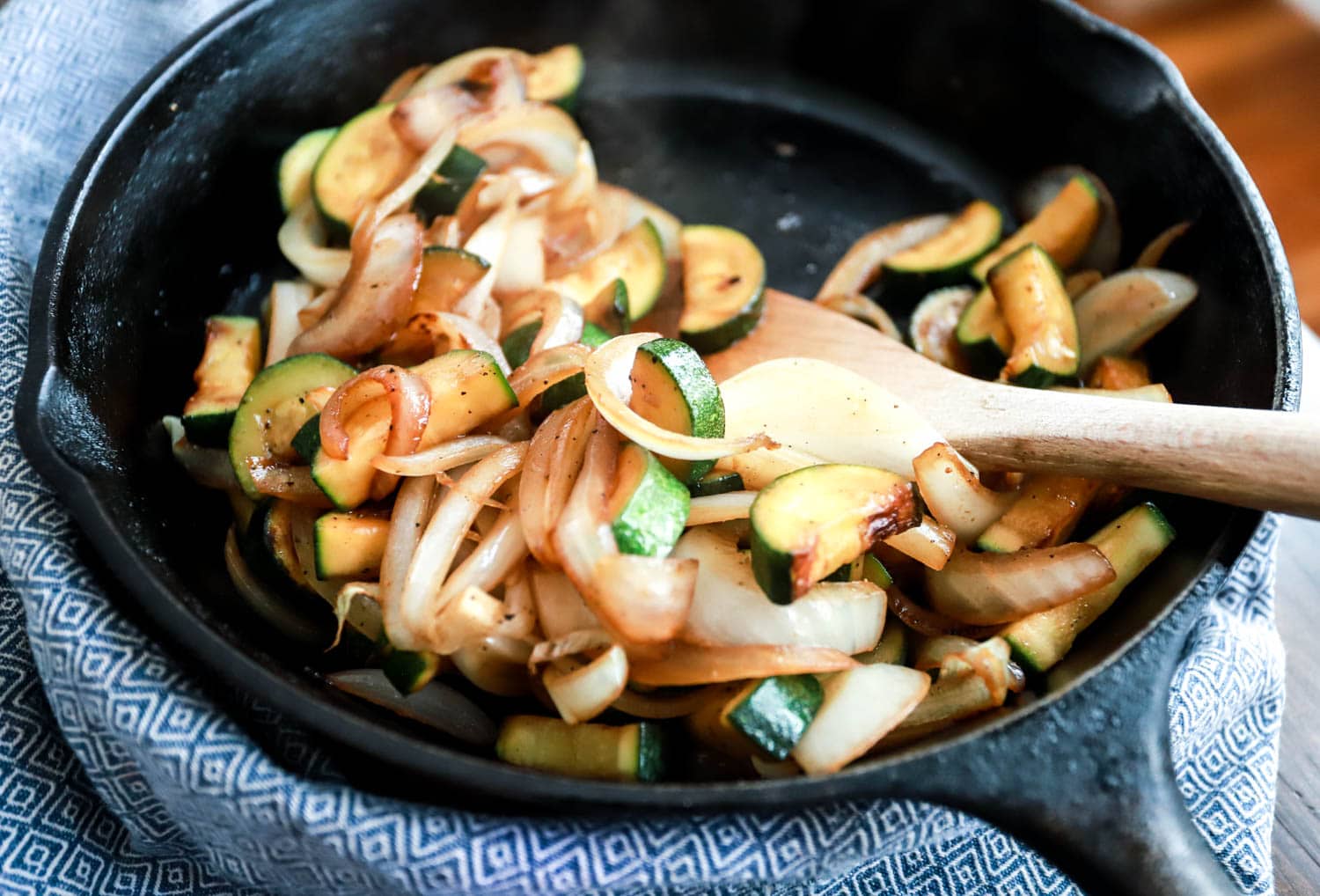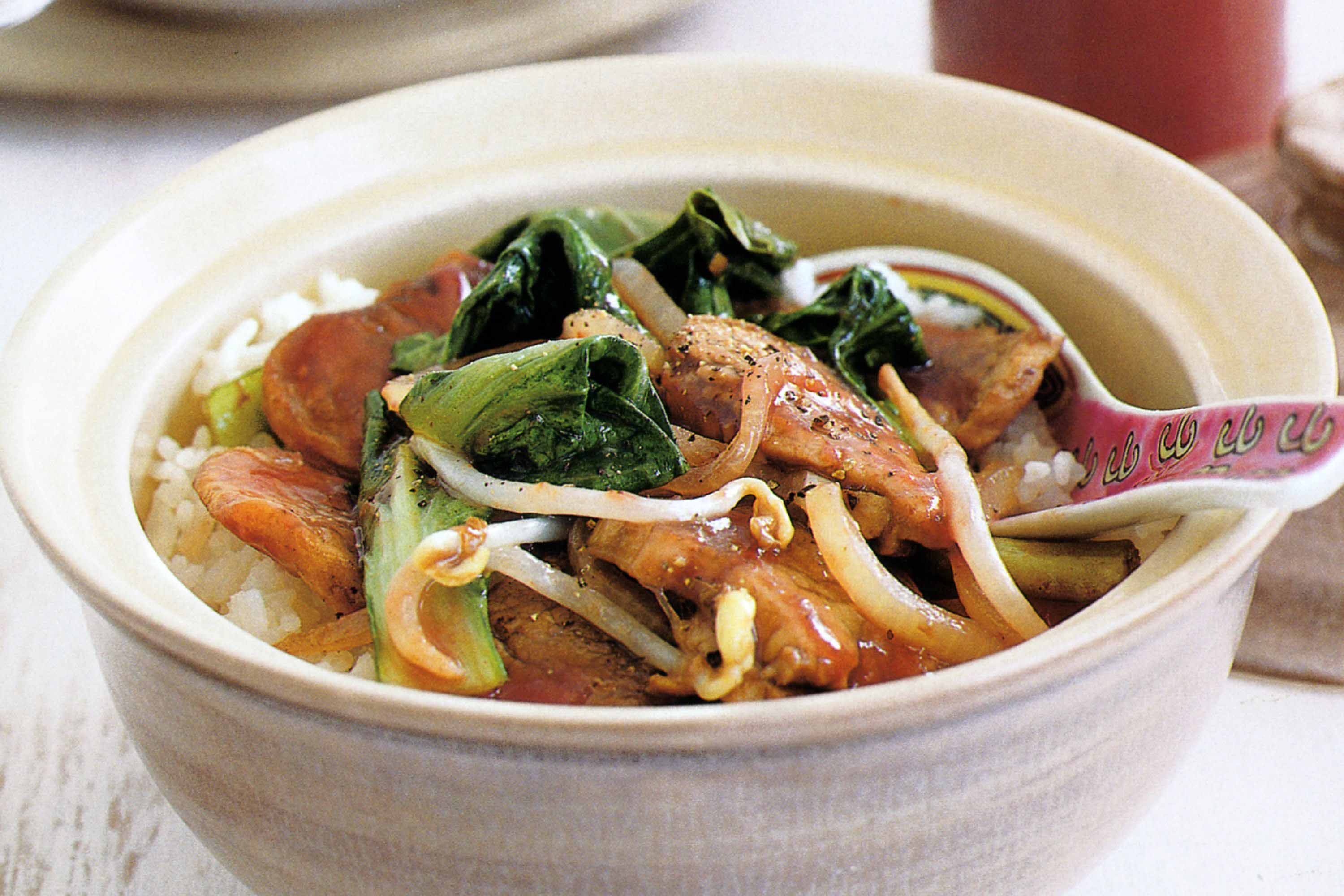Unlocking the Secret to Perfectly Caramelized Pizza Crust
Who doesn’t love a crispy, golden-brown pizza crust with a hint of sweetness? Caramelizing the crust of your pizza is a simple yet effective way to elevate the flavor and texture of this beloved dish. Whether you’re a seasoned home cook or a pizza enthusiast looking to take your homemade pies to the next level, mastering the art of caramelizing pizza crust is a game-changer.
Choose the Right Ingredients
Before diving into the caramelization process, it’s essential to start with high-quality ingredients for your pizza dough. Opt for high-protein flour to achieve a chewy and robust crust that can withstand the caramelization process. Additionally, consider using sugar or honey in your dough recipe to enhance the natural sweetness that will complement the caramelization.
Preheat Your Oven and Pizza Stone
Preheat your oven to the highest temperature it can reach, typically around 500°F (260°C) or higher. Place your pizza stone in the oven during the preheating process to ensure that it becomes incredibly hot. The intense heat from the pizza stone is crucial for achieving that coveted caramelized crust.
Roll the Dough Thinly
When preparing your pizza dough, roll it out thinly to encourage even browning and caramelization. A thin crust allows the heat to penetrate the dough more effectively, resulting in a crispy and caramelized finish.
Use a Sugar Glaze
One of the most effective ways to caramelize your pizza crust is by applying a sugar glaze before baking. This can be as simple as brushing the outer edge of the crust with a mixture of water and sugar or using a flavored syrup for an extra layer of sweetness. The sugar will caramelize as the pizza bakes, creating a delectable golden crust.
Monitor the Baking Time
Keep a close eye on your pizza as it bakes. The caramelization process can happen quickly, so it’s important to monitor the crust to prevent burning. The crust should turn a rich golden brown, indicating that the sugars have caramelized and the desired level of crispiness has been achieved.
Experiment with Different Flavors
Once you’ve mastered the basic technique of caramelizing pizza crust, don’t be afraid to get creative with flavors. Consider incorporating honey, maple syrup, or even a sprinkle of cinnamon into your sugar glaze for a unique twist. These additional flavors can further enhance the caramelization and add depth to your pizza crust.
Conclusion
Mastering the art of caramelizing pizza crust is a surefire way to impress your family and friends with restaurant-quality pies right from your own kitchen. By starting with quality ingredients, utilizing a sugar glaze, and paying close attention to the baking process, you can achieve a perfectly caramelized pizza crust that will take your homemade pizzas to new heights of deliciousness.
So, the next time you’re craving a slice of pizza with a crispy, sweet crust, remember these tips and get ready to savor the irresistible flavor and texture of a perfectly caramelized pizza crust.
For pizza lovers looking to master the art of caramelizing crust, there are some standout recipes to try. The Margherita Pizza with Balsamic Glaze and Caramelized Crust offers a classic yet flavorful twist, perfect for those who appreciate traditional flavors with a hint of sweetness. If you're into more complex tastes, the Mushroom Truffle Pizza with Caramelized Crust is a must-try, combining earthy mushrooms and rich truffle oil with a sweet, caramelized crust. For a meatier option, BBQ Chicken Pizza with Caramelized Crust provides a smoky and savory taste that pairs beautifully with the sweet crust. Veggie lovers shouldn't miss the Caramelized Onions and Goat Cheese Pizza, where the caramelized onions add a burst of sweetness that complements the tangy goat cheese perfectly. Lastly, for something truly unique, Pear and Gorgonzola Pizza with Caramelized Crust blends sweet and savory flavors in a way that will leave your taste buds delighted.
